
Course Advanced 2199
Course Introduction:Django DRF source code analysis includes: 1 Front-end and back-end separation mode 2 restful interface specification 3 Simple applications of CBV 4 Object-oriented and reflection supplement 5 CBV source code analysis 6 CBV source code analysis 2 7 APIView source code analysis 8 Serialization and deserialization of DRF 9 Supplementary information on the use of serializers 10 Serializer save operation 11 Interface implementation based on APIView 12 save method completes updating data 13 ModelSerializer 14GenericAPIView 15GenericAPIView(2) 16 min mixed class 17 Re-encapsulation of Minin mixed classes 18ViewSet 19 ModelViewSet 20 routing components
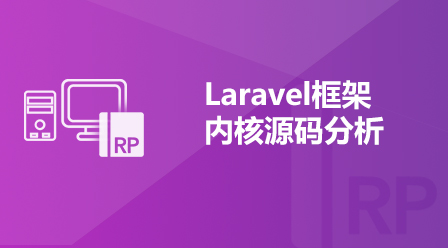
Course Advanced 8896
Course Introduction:This set of courses is designed to help you analyze the laravel framework source code. The course content includes optimized containers, decoration mode, request-credit agent, framework load free env environment, exception mechanism, etc.
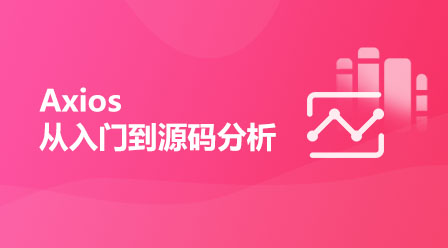
Course Intermediate 5160
Course Introduction:Axios is currently the most popular request tool on the front end, used to send AJAX requests to the server for data exchange. In this course, you can learn axios API and axios source code analysis. If you have mastered the basic usage, you can directly learn the source code analysis part and simulate important functions.
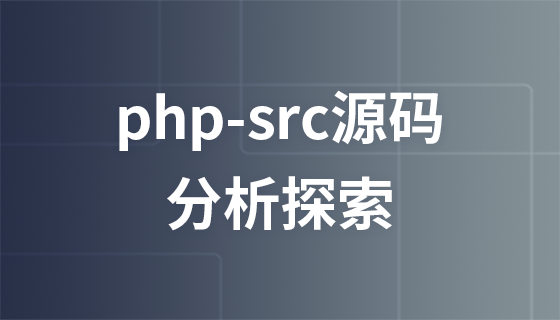
Course Elementary 3526
Course Introduction:If you have any questions, please contact WeChat: Le-studyg; in-depth exploration of PHP source code and understanding of its internal working principles is the path to advancement for every PHP developer. This course will lead students to analyze the source code of PHP (php-src), and comprehensively analyze the underlying implementation of PHP from core language features to extension mechanisms. By analyzing the source code, students will gain an in-depth understanding of PHP's internal mechanisms, such as memory management, garbage collection, function calls, etc., thereby improving their understanding of PHP performance tuning and extension development. This course is suitable for developers who have a certain foundation in PHP and who want to deeply understand the internal principles of PHP and improve their technical level. Let us explore the source code world of PHP and uncover the mystery of PHP!

Course Elementary 3877
Course Introduction:If you have any questions, add WeChat: Le-studyg; in the course, we will first understand the background and characteristics of the PHP language, as well as the role and working principle of the PHP interpreter. Next, we will analyze the core components of the PHP interpreter in detail, such as lexical analysis, syntax analysis, virtual machine, etc., and gain an in-depth understanding of its internal implementation mechanism. In addition, the course will also introduce how to use C language to write various modules of the PHP interpreter, including lexical analyzer, syntax analyzer, virtual machine, etc. Through practical projects, students will personally implement a simple PHP interpreter and deepen their understanding of the PHP interpreter source code. Through the study of this course, students will be able to deeply understand the working principle and internal implementation mechanism of the PHP interpreter, and master the methods and techniques of writing PHP interpreters using C language. At the same time, students will also develop their ability to analyze and solve problems, and improve their programming skills and project practice capabilities. Whether you are a beginner who is interested in the PHP language or a developer who wants to have a deeper understanding of the internal mechanisms of the PHP interpreter, this course will provide you with valuable experience and inspiration. Let us explore the mysteries of the PHP interpreter and start the programming journey!
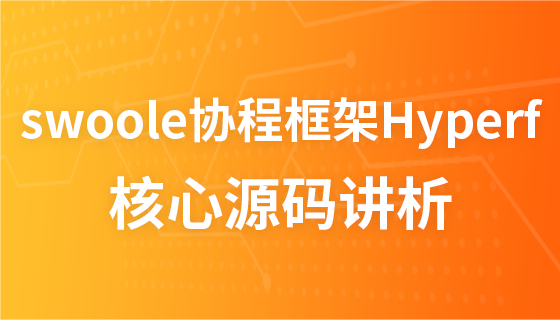
Course Elementary 3936
Course Introduction:If you have any questions, please send us a message on WeChat: Le-studyg; in this course, you will learn the core concepts, principles and design ideas of the Hyperf framework, and how to use the Hyperf framework to build high-performance, highly scalable applications. The course content includes the basic architecture of the Hyperf framework, the principle and use of coroutines, dependency injection containers, routing and middleware, database operations, cache management, event systems, logging systems, etc. Through in-depth analysis of the source code of the Hyperf framework, you will understand the internal implementation mechanism of the framework and learn how to extend and customize it according to your own needs. Whether you want to gain a deeper understanding of the inner workings of the Hyperf framework or want to leverage the Hyperf framework to build high-performance applications, this course will provide you with comprehensive guidance and hands-on experience. Whether you are a beginner or an experienced developer, you can gain practical knowledge and skills from this course and improve your capabilities in the field of Hyperf framework development.

Course Elementary 13744
Course Introduction:Scala Tutorial Scala is a multi-paradigm programming language, designed to integrate various features of object-oriented programming and functional programming.

Course Elementary 82260
Course Introduction:"CSS Online Manual" is the official CSS online reference manual. This CSS online development manual contains various CSS properties, definitions, usage methods, example operations, etc. It is an indispensable online query manual for WEB programming learners and developers! CSS: Cascading Style Sheets (English full name: Cascading Style Sheets) is an application used to express HTML (Standard Universal Markup Language).

Course Elementary 13130
Course Introduction:SVG is a markup language for vector graphics in HTML5. It maintains powerful drawing capabilities and at the same time has a very high-end interface to operate graphics by directly operating Dom nodes. This "SVG Tutorial" is intended to allow students to master the SVG language and some of its corresponding APIs, combined with the knowledge of 2D drawing, so that students can render and control complex graphics on the page.

Course Elementary 24578
Course Introduction:In the "AngularJS Chinese Reference Manual", AngularJS extends HTML with new attributes and expressions. AngularJS can build a single page application (SPAs: Single Page Applications). AngularJS is very easy to learn.

Course Elementary 27436
Course Introduction:Go is a new language, a concurrent, garbage-collected, fast-compiled language. It can compile a large Go program in a few seconds on a single computer. Go provides a model for software construction that makes dependency analysis easier and avoids most C-style include files and library headers. Go is a statically typed language, and its type system has no hierarchy. Therefore users do not need to spend time defining relationships between types, which feels more lightweight than typical object-oriented languages. Go is a completely garbage-collected language and provides basic support for concurrent execution and communication. By its design, Go is intended to provide a method for constructing system software on multi-core machines.
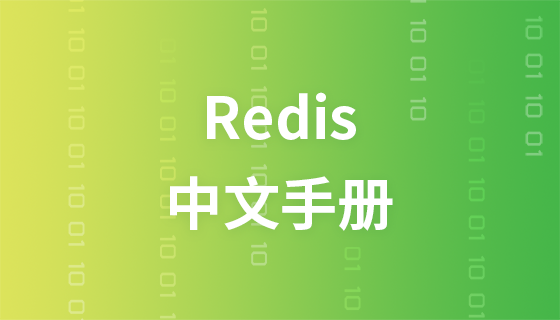
Course Elementary 57884
Course Introduction:"Redis Command Operation Chinese Manual" is the latest official Redis online reference manual. Redis is an in-memory cache database. This manual contains various Redis operation commands with Chinese explanations. You will learn to master the efficient use of Redis in the data server. It is a must-have online query for Redis learning and users. Refer to the documentation tutorial!
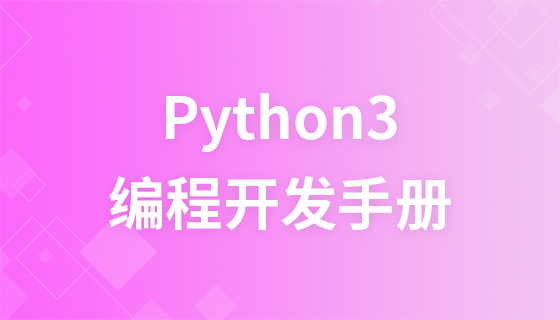
Course Elementary 87567
Course Introduction:"Python 3 Tutorial" The 3.0 version of Python is often called Python 3000, or Py3k for short. This is a major upgrade compared to earlier versions of Python. In order not to bring too much burden, Python 3.0 was not designed with backward compatibility in mind. Python language is very simple and easy to use for beginners and to complete common tasks.
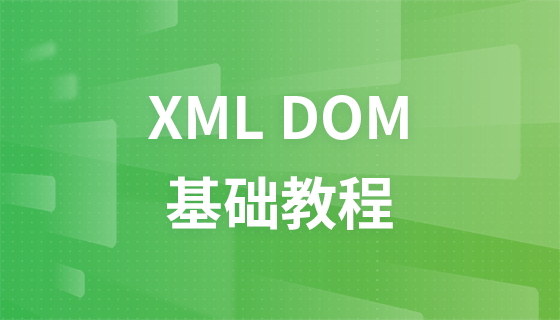
Course Elementary 21043
Course Introduction:"XML DOM Tutorial" XML DOM defines a standard method for accessing and manipulating XML documents. DOM treats an XML document as a tree structure, with leaves defined as nodes. If you want to use XML, you need to understand the XML DOM.
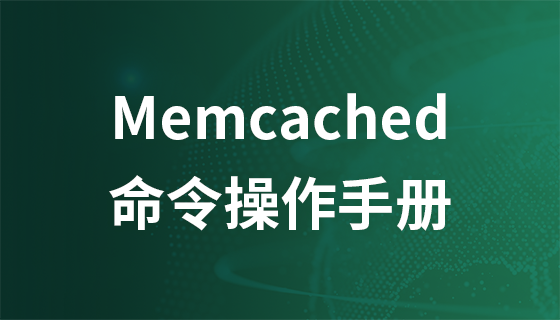
Course Elementary 17783
Course Introduction:"Memcached Command Operation Manual" is the latest official Memcached online reference manual. In this Memcached document, various Memcached operation commands are provided with Chinese explanations. You will learn how to use Memcached to reduce database load and improve performance. It is a must-have online query reference document tutorial for Memcached learners and users!
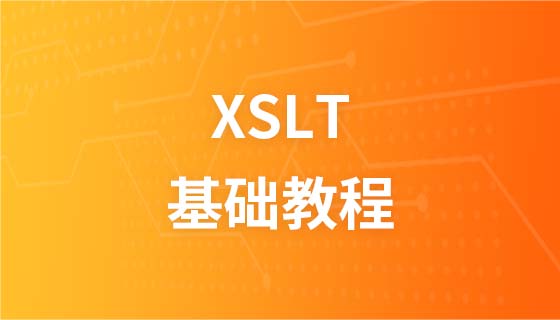
Course Elementary 9833
Course Introduction:"XSLT Tutorial" XSL refers to the EXtensible Stylesheet Language (EXtensible Stylesheet Language), which is a stylesheet language for XML documents. XSLT refers to XSL Transformation. In this tutorial, you will learn how to use XSLT to transform an XML document into another document, such as XHTML.
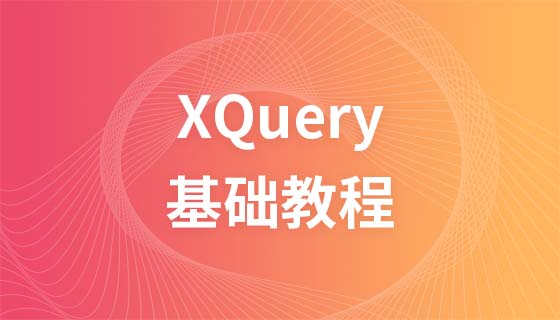
Course Elementary 9161
Course Introduction:"XQuery Tutorial" XQuery is to XML what SQL is to databases. XQuery is designed to query XML data.
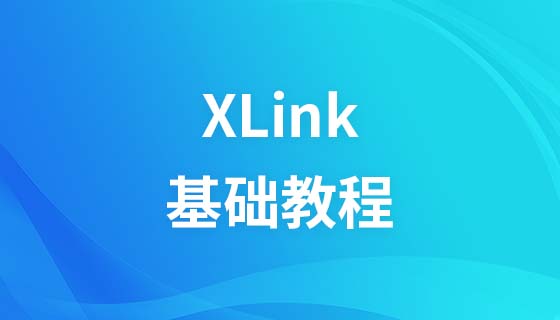
Course Elementary 8601
Course Introduction:XLink defines a standard way to create hyperlinks in XML documents. XPointer allows these hyperlinks to point to more specific parts (fragments) in the XML document.
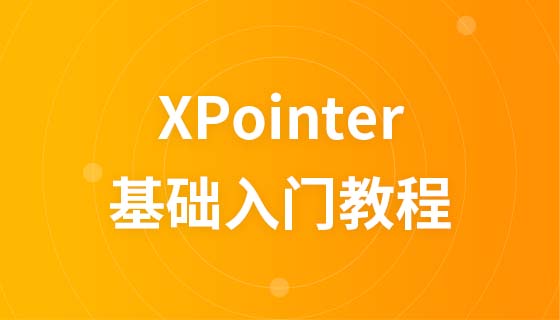
Course Elementary 8223
Course Introduction:XLink and the XPointer Tutorial XLink defines a standard way to create hyperlinks in XML documents. XPointer allows these hyperlinks to point to more specific parts (fragments) in the XML document. Start learning XLink and XPointer now! Table of Contents Introduction to XLink and XPointer This chapter explains the concepts of XLink and XPointer. XLink and XPointer syntax XLink and XPointer syntax
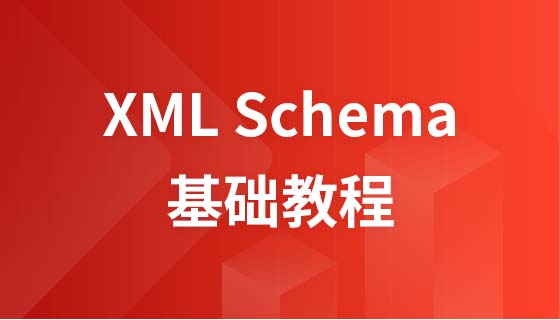
Course Elementary 10987
Course Introduction:"XML Schema Tutorial" XML Schema describes the structure of an XML document. In this tutorial, you'll learn how to read and create the XML Schema language in your applications, why XML Schema is more powerful than DTDs, and how to use XML Schema in your applications. Start learning XML Schema now!